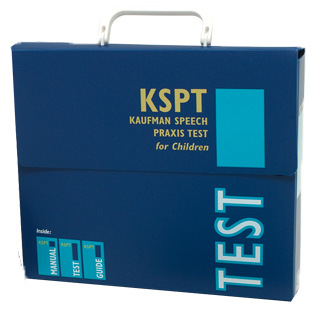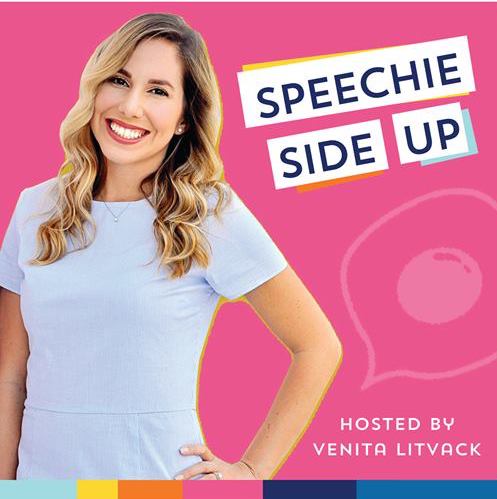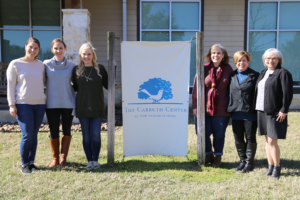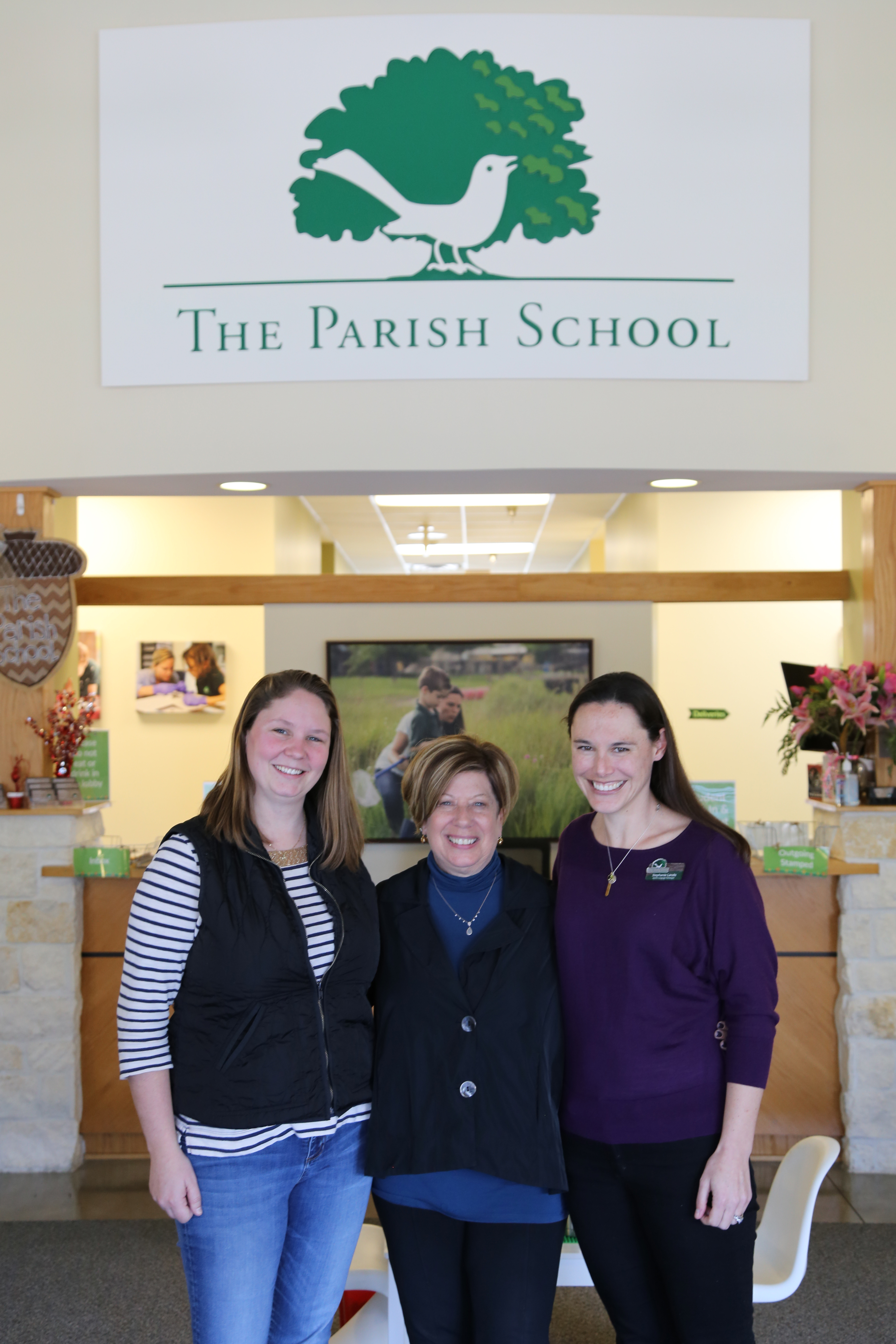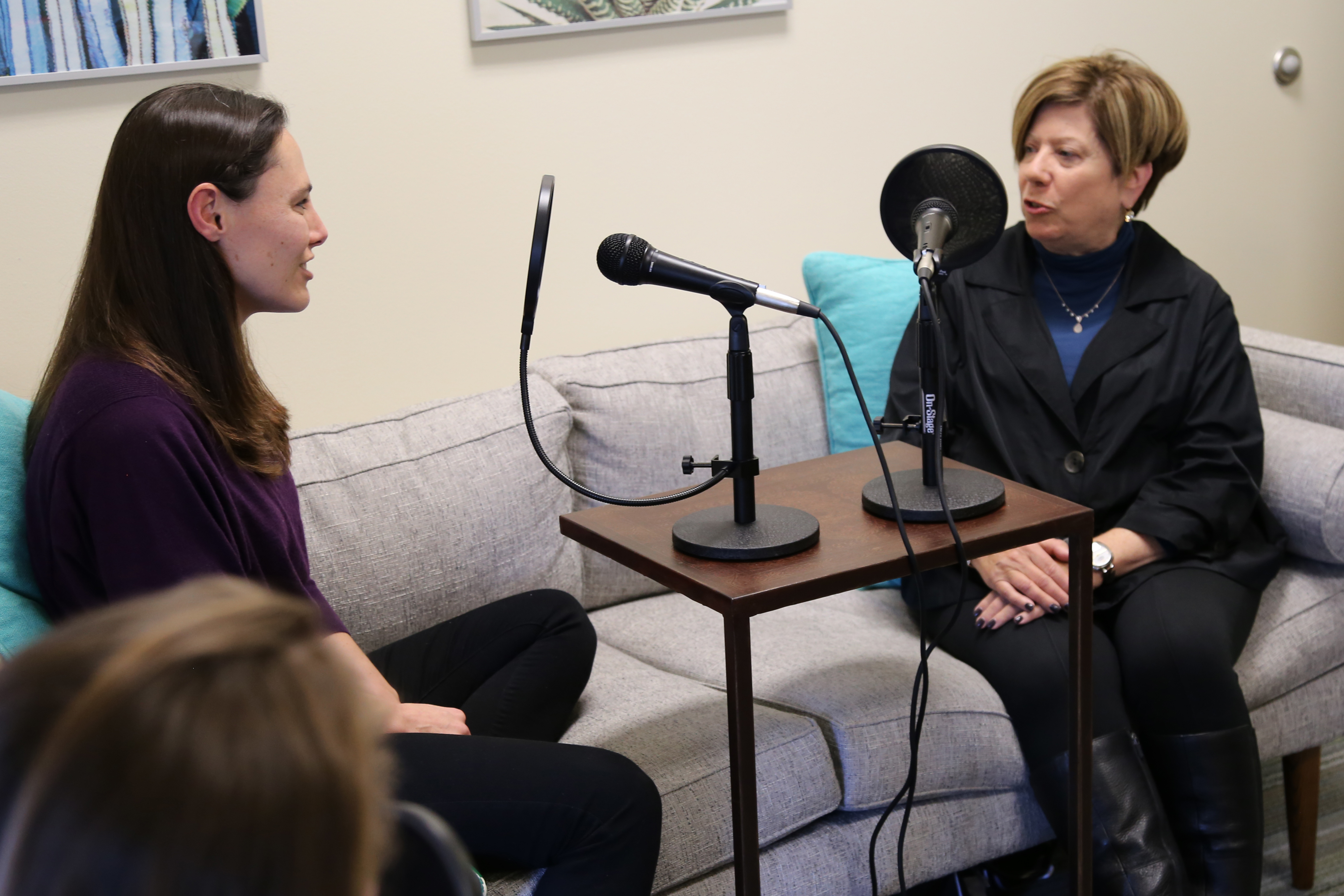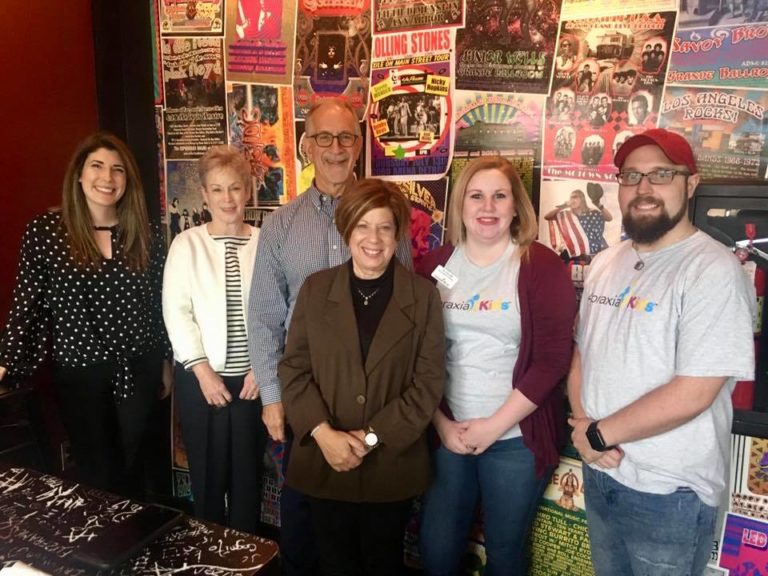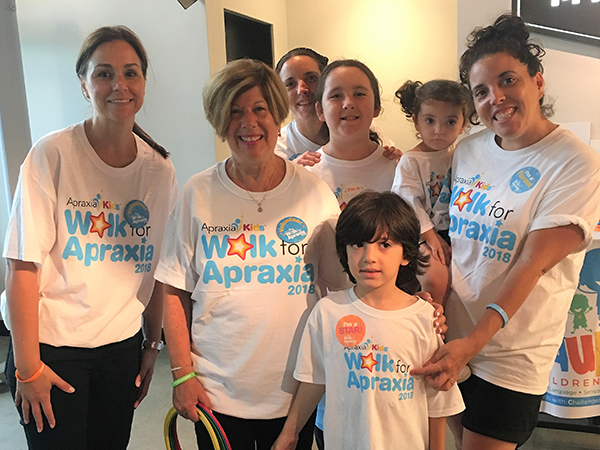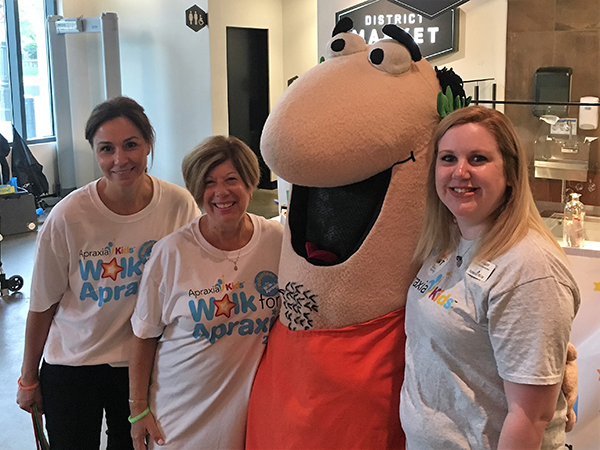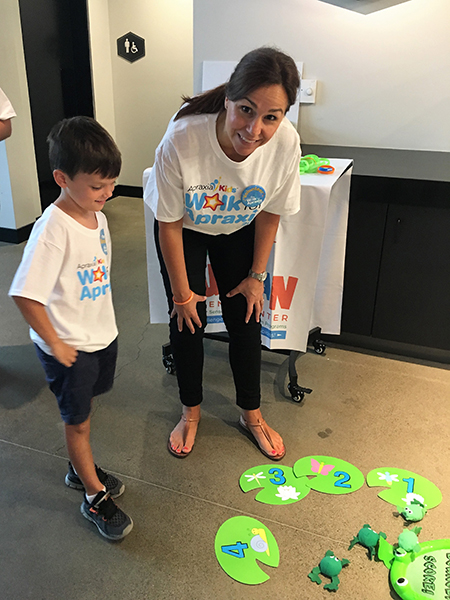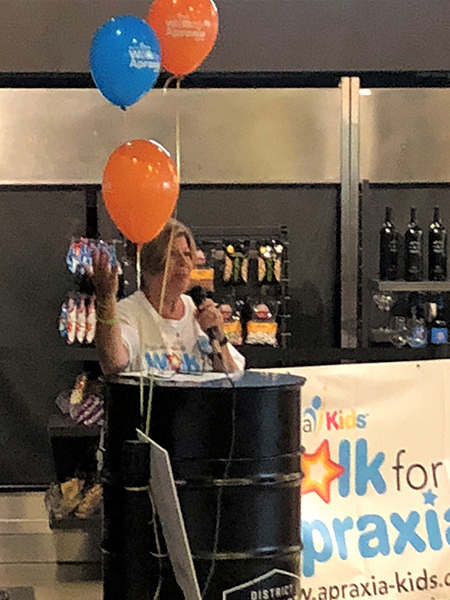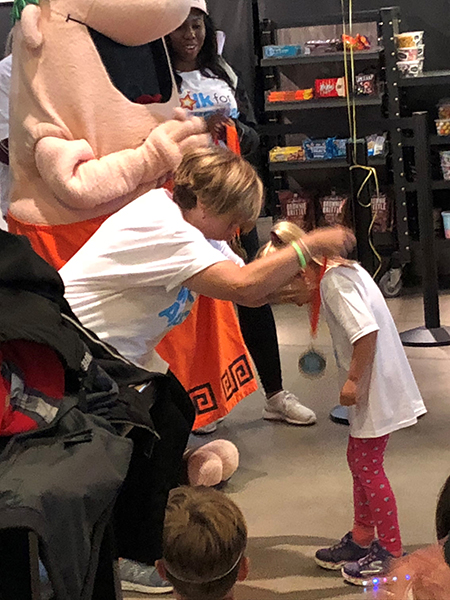Nancy Kaufman was recently a featured speaker for the SETBP1 Virtual Family Conference. The event was presented by the SETBP1 Society, a group of parents driven to find answers related to their children’s shared genetic mutation.
SETBP1 is a rare condition and researchers are working to gain more information about the population, especially relating to speech and language challenges.
Nancy used her Kaufman Speech to Language Protocol (K-SLP) methods to work with a family who recently learned their child had SETBP1 mutation and consulted on the case of another. Both boys exhibited characteristics of childhood apraxia of speech (CAS).
CAS is a communication disorder that causes difficulty executing and sequencing oral motor movements to produce and combine consonants and vowels. Children are also challenged to maintain the motor plans of words that lead to development of intelligible speech.
It was a coincidence that these two boys both benefited from the K-SLP methods and have become effective vocal communicators. Their moms asked Nancy within days of each other to speak during the second annual online conference, which featured speakers connecting in remotely. She was honored and excited by their requests.
Nancy presented Childhood Apraxia of Speech and Other Communication Disorders in SETBP1. Both boys were featured demonstrating their progress from simple consonant and vowel combinations to effective vocal communication. Other children treated by Nancy who have not been diagnosed with SETBP1 were included in the presentation to demonstrate some strategies that we implement at the Kaufman Children’s Center for those who are minimally vocal.
Click below to watch Nancy’s full presentation. Due to time constraints, a few of her videos couldn’t be shown in their entirety during the recording of the conference and can also be accessed below.


